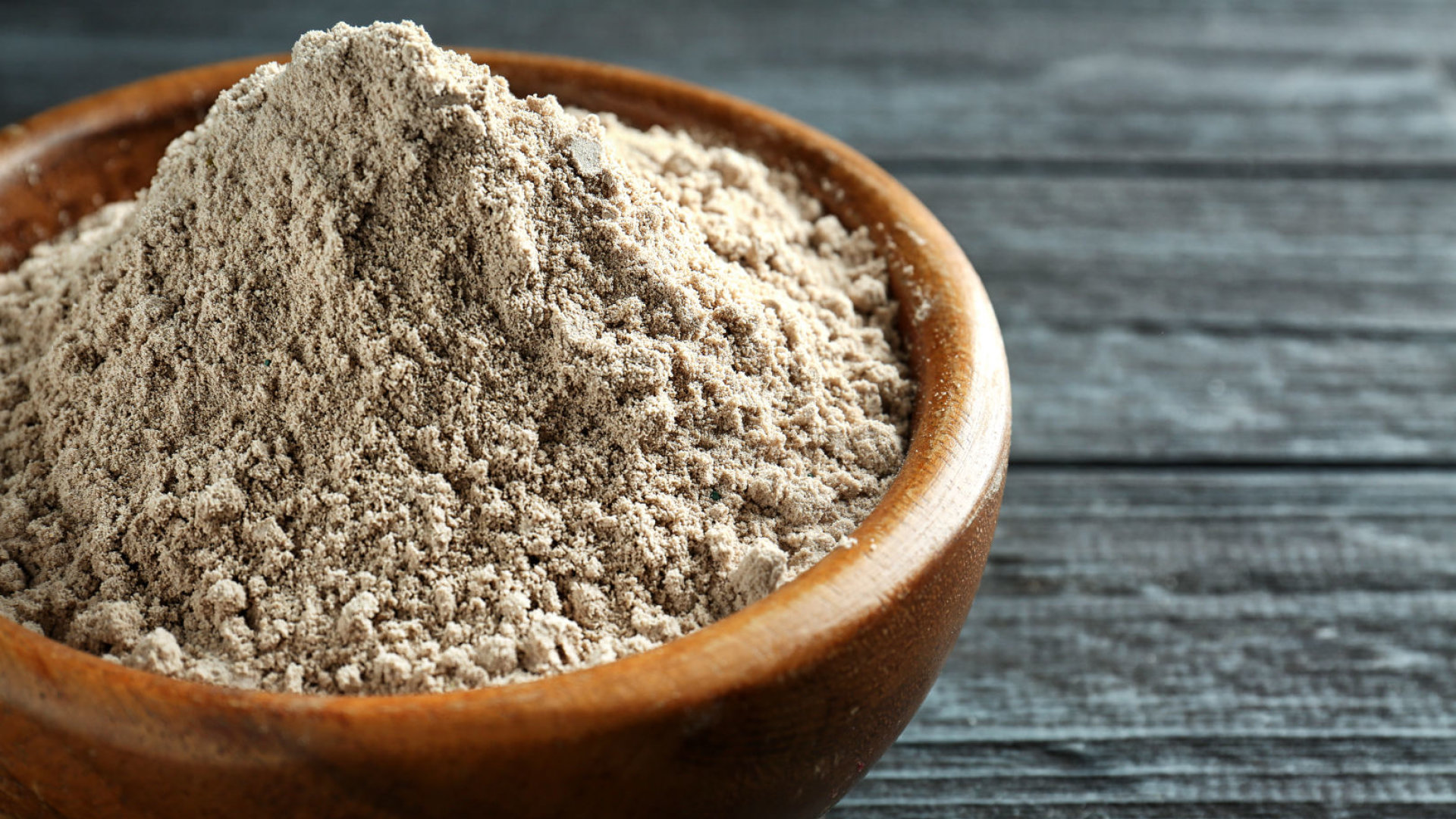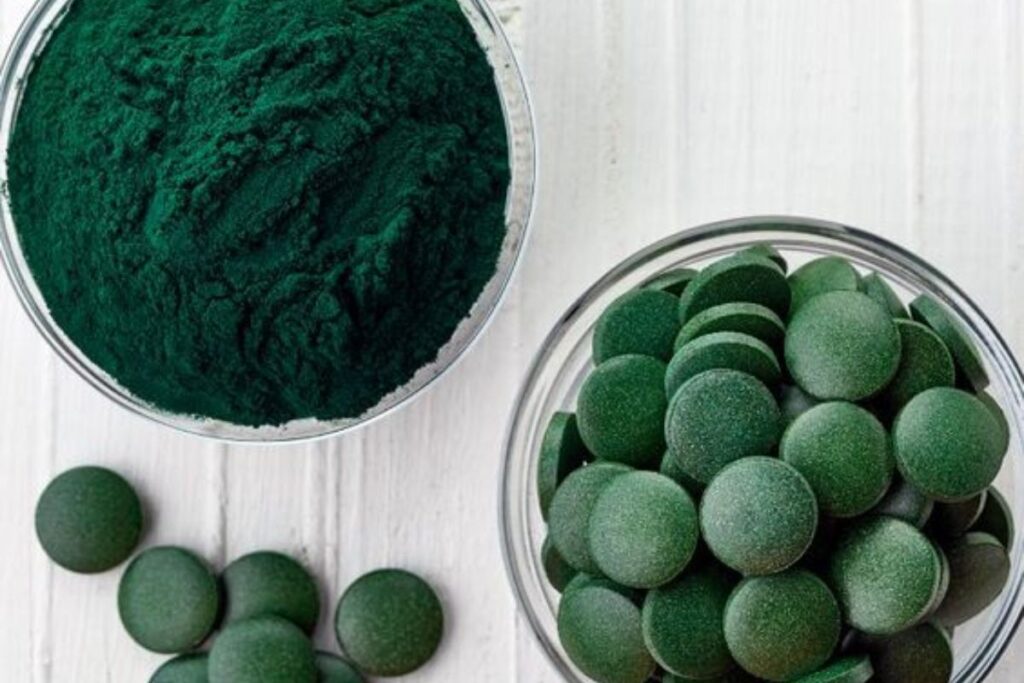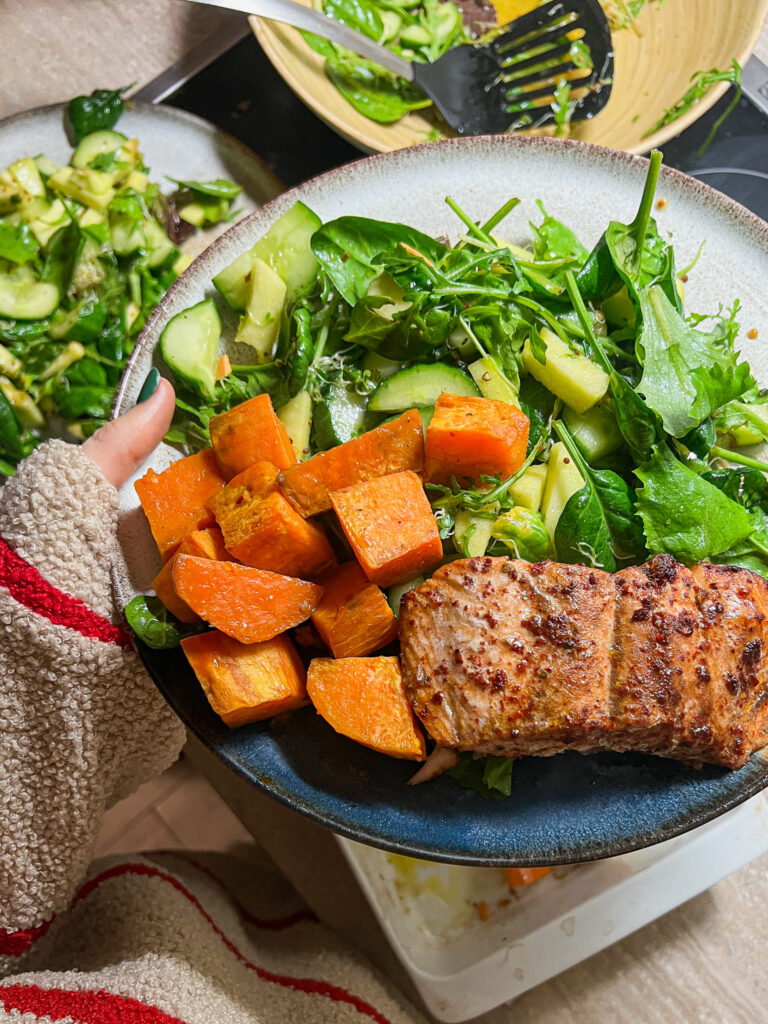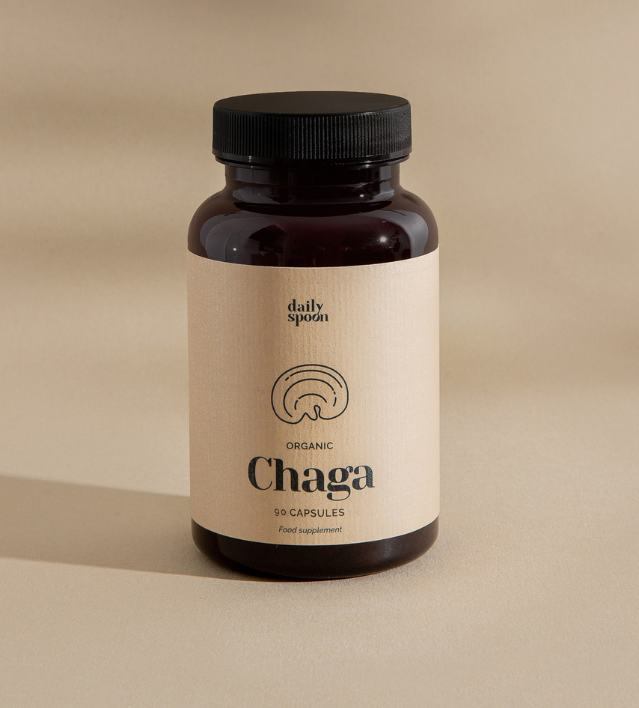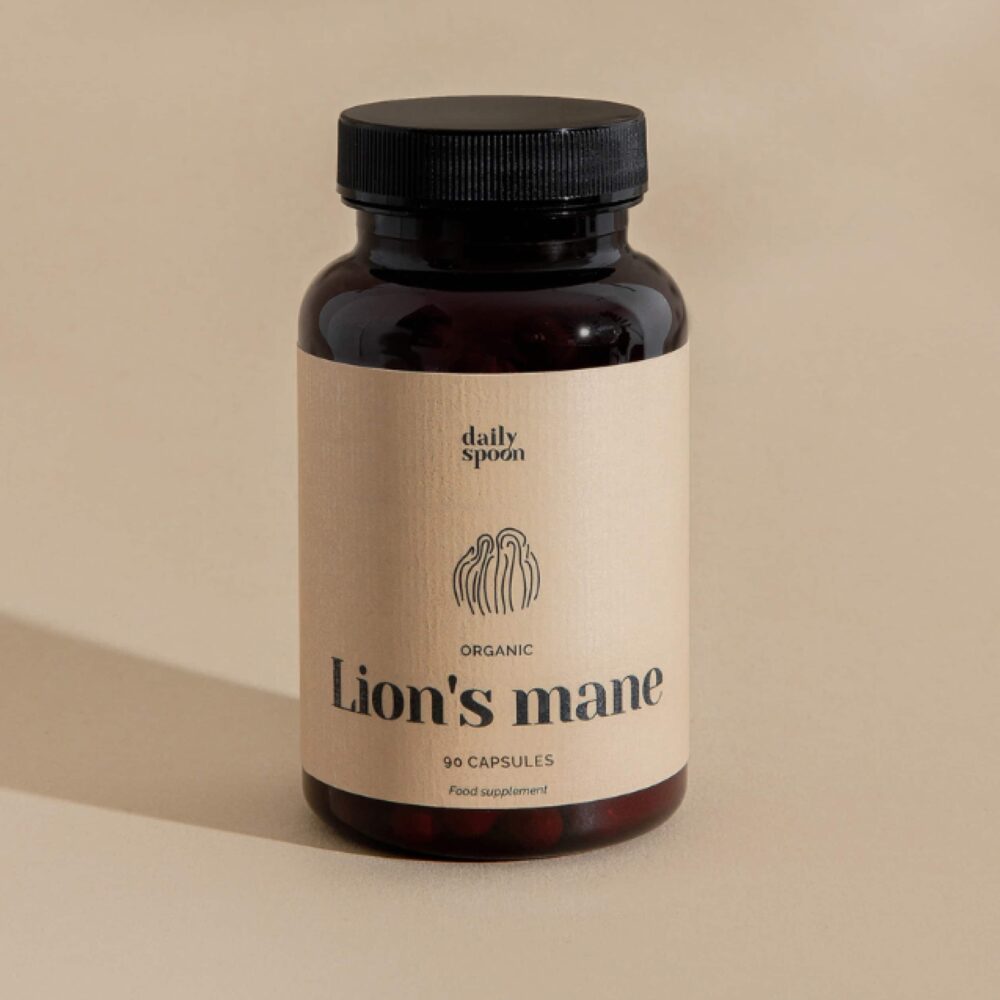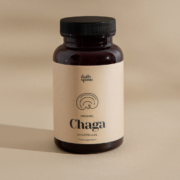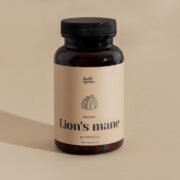Plants are a powerful source of nutrients. They provide essential nourishment for the body and can support various bodily functions. One such plant is Peruvian maca. Maca (Lepidium meyenii)—also called Peruvian pepperweed—is a cruciferous vegetable native to the high plateaus of the Andes Mountains in Peru. This plant belongs to the mustard (Brassicaceae) family and the genus Lepidium. Lepidium is one of the larger genera of the Brassicaceae family. Sometimes referred to as “Peruvian ginseng,” even though it is not botanically related to true ginseng—it is more closely related to broccoli, cabbages, and radishes, and has a fragrance somewhat reminiscent of irises. The edible part is the root, which resembles a hybrid between parsnip and radish, and its upper part is leafy and green. Many people in Peru have been using this plant for thousands of years as both food and medicine. Over the past few decades, it has gained worldwide popularity as a natural remedy for a range of health concerns, including infertility and low libido.
A Bit of History
People in the Andes have cultivated this root vegetable for more than 3,000 years. It is one of the few edible plants capable of surviving harsh conditions over 4,000 meters in the Peruvian Andes. Traditionally, Andean people consumed the root by fermenting it into a drink or cooking it into porridge. The first written account of Peruvian maca (without its botanical or folk name) appeared in 1553, when the Spanish chronicler Cieza de León noted that in the highlands of Peru—especially the Bombón province—locals used certain roots as food for sustenance. In addition, Andean people used maca in folk medicine for respiratory disorders and rheumatic conditions. Father Cobo, a Spanish Jesuit missionary and author, first described the plant’s name and properties in 1653. He said the plant grows even in the harshest and coldest regions where no other staple crops would thrive. Cobo also mentioned its use to enhance fertility.
In recent years demand for maca‑based products has increased, likely because of claims that the plant can boost libido and fertility. Because of this growing global interest, maca is now also cultivated outside its native regions—among other places, in mountainous parts of China. This radish‐relative is now used widely — in lattes, smoothies, capsules, and even in beauty products. We offer maca in powdered form at DailySpoon.
What Are the Benefits?
It’s hard not to appreciate Peruvian maca, a plant‑based superfood free from caffeine. The root is thought not only to improve overall well‑being, but also to help balance hormones, support energy levels, and promote healthy libido. This root is especially distinguished by having adaptogenic properties. What does that mean? Adaptogens are herbs (or plants) that help the body adapt to various physical and emotional stresses. They tend to have balancing effects — regulating bodily functions toward normal rather than overstimulating. Adaptogens have long been used in traditional systems like Ayurveda and Chinese medicine, and are still used to support energy, stress resilience, and general vitality. Aside from maca, other well known adaptogens include American ginseng, holy basil, ashwagandha, reishi mushrooms, etc. In fact, reishi mushrooms are included in DailySpoon’s superfood blend Imunitetui, which is designed to provide extra support to the immune system.
More Energy — Better Mood
Maca root has been shown to provide sustained, caffeine‑free energy throughout the day without the jitteriness that sometimes comes with stimulants — so you can feel alert and focused. It is also claimed to help athletes maintain endurance. In one study, after two weeks of maca consumption, cyclists showed improved performance over a 40 km race. How does this relate to mood? By supporting steady energy levels throughout the day, maca can also help improve mood.
Supports Reproductive Health
Known traditionally as an aphrodisiac, maca supports men’s reproductive health. Clinical trials suggest it helps maintain a healthy libido and may support normal prostate function across different ages. But the benefits aren’t only for men: maca is believed to tone the female reproductive system, support sexual desire, and may help fertility. It is also thought to help with women’s hormone issues, including PMS and menopause. Clinical studies indicate maca root may help make transitions through menopause easier, and afterward help women maintain psychological health and sexual function.
Helps Hormone Balance
When people think about hormones, they often focus only on sex hormones. But hormones are produced by endocrine glands throughout the body, and they influence many processes including metabolism, mood, cognition, appetite, and hydration. As an adaptogen, maca is thought to help nourish the adrenal glands and support balanced hormone levels. It is believed to support normal hormone production and help the liver with its natural detoxification functions.
Nutrient Powerhouse
The maca root is a nutritional powerhouse, rich in essential macro- and micronutrients, as well as unique plant compounds that support an active human body. In terms of macronutrients, the dried root contains approximately 59% carbohydrates, 10.2% protein, 8.5% fiber, and 2.2% lipids. When it comes to micronutrients, maca is an excellent source of vitamins and minerals, including vitamin C, copper, and zinc. Compared to white potatoes, this root vegetable contains higher levels of iron and calcium. It also provides all eight essential amino acids and is rich in phytonutrients.
How to Include This Superfood in Your Routine
As we mentioned, the root portion has many healthful nutrients and can positively impact well‑being. Peruvian maca is a traditional ingredient in Peruvian cuisine, offering a mild nutty‑butterscotch flavor, so it’s easy to include in your meals. Since it’s low in calories but rich in vitamin C, iron, potassium, and copper, adding it to dishes boosts nutrient density. You can add maca powder to smoothies, oatmeal, baking (like muffins or energy bars), or desserts. It also works well in porridge or even savory dishes. Because its taste resembles nuts and butterscotch, it pairs nicely with sweeter flavors. People often mix maca powder into drinks, breakfast bowls, or coffee/cocoa. You could also roast the whole root, use it fresh (if available), or ferment it in traditional ways. At DailySpoon, we offer high‑quality Peruvian maca powder.
Here’s a simple recipe:
Espresso Maca Smoothie Recipe
When energy is low or you get that strong craving for something sweet around 3pm:
- ½ cup (125ml) espresso or strong coffee
- ½ cup (125ml) plant‑based milk
- 1 banana (preferably frozen)
- 1 heaping teaspoon of nut butter
- 2 tablespoons of oats (for satiety)
- 1 heaping teaspoon maca powder
Cooking Instructions
It couldn’t be easier – simply add all the ingredients to a blender, blend for about a minute, and enjoy. Bon appétit!
Of course, however many beneficial and medicinal properties this plant has, it is not a magic pill that protects against all illnesses. On the journey toward health and well‑being, this superfood is just a helpful addition. To get the best results, it’s important to consider all factors affecting your health, including overall diet, skincare, and stress.





